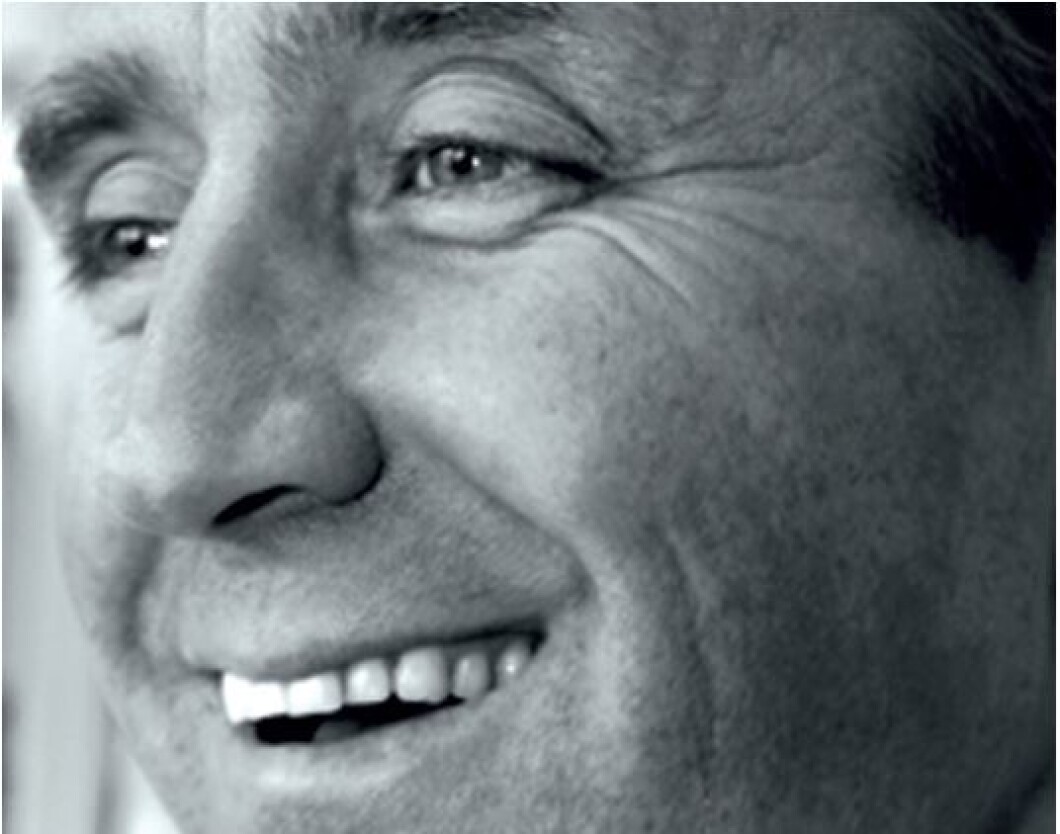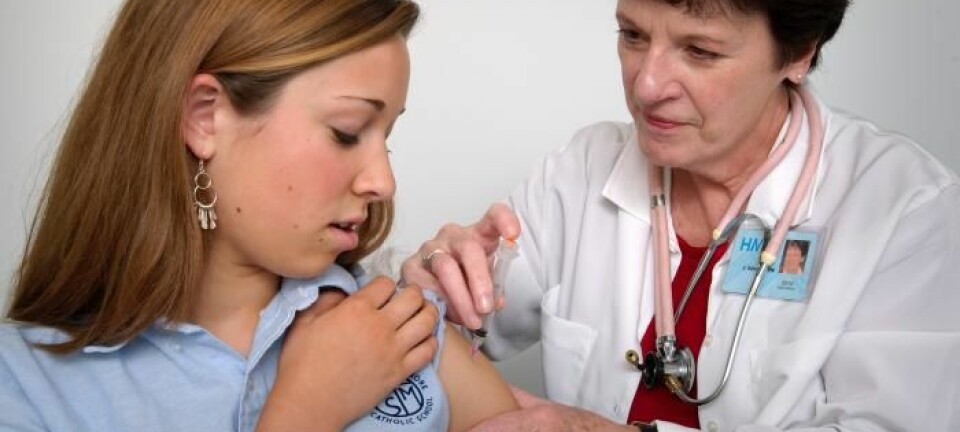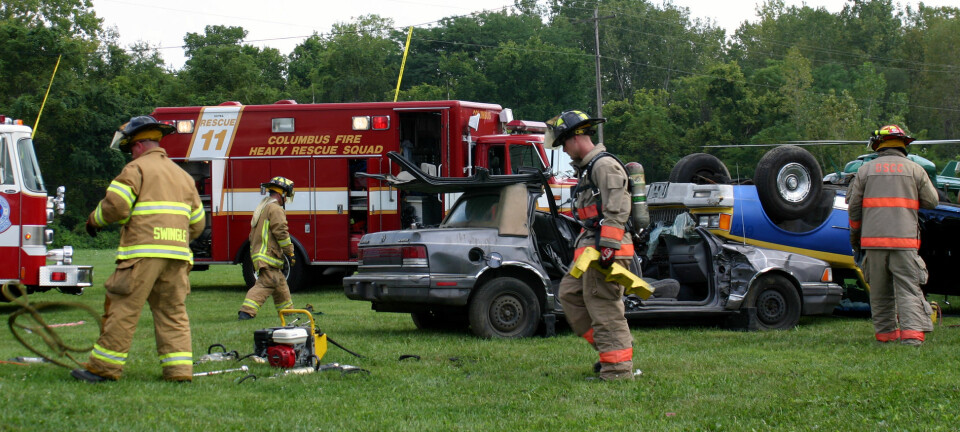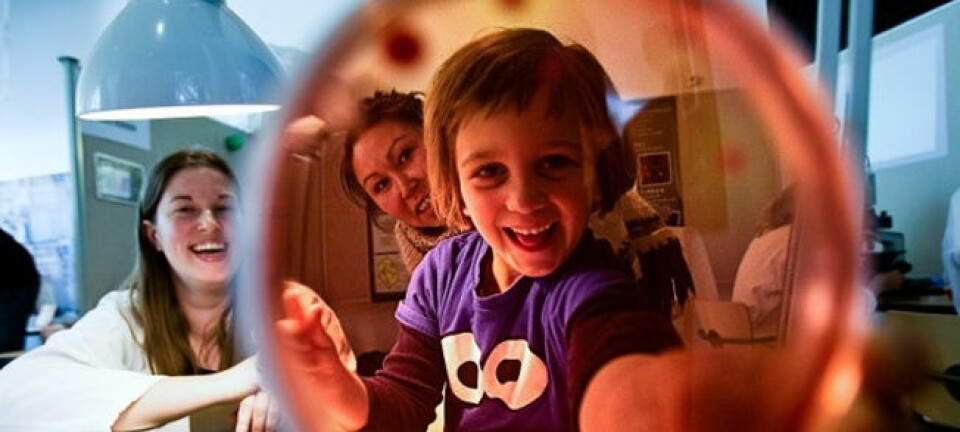
Science communication: let your passion shine through
Renowned professor Carl Johan Sundberg explains how good science communication leads to self-development and the joy of helping others. A Q&A.
Self-development and the joy of helping others. That’s the reward when you spend time and effort to share your research, says Carl Johan Sundberg, MD, the centre director at the Unit for Bioentrepreneurship at the Karolinska Institute, Sweden. Sundberg was one of the founders of the international science festival and conference, the Euroscience Open Forum.
How did you start communicating your research to the public?
“By the time I was a medical student I was already engaged in teaching human physiology to younger students.
Some years later I received a scholarship to practice in media to learn more about science journalism. I worked at Svenska Dagbladet (a leading daily newspaper in Stockholm) and at ABC Television in the US.
One accomplishment that I am particularly proud of is the initiation of the Euroscience Open Forum (ESOF) biennial series. In 1998, I got involved in Euroscience, which is a pan-European ‘grass-roots’ organisation of scientists working to promote science and technology in Europe. When I became a Euroscience governing board member in December 1999, I proposed that Euroscience should organise a large, interdisciplinary, recurrent meeting, the first of which would be held in Stockholm in 2004.
After more than four years of hard work under my leadership, the first ESOF was held, as hoped, in Stockholm in 2004. Since the public is a very large contributor to science funding and the results of science are important to us all and knowledge is a cornerstone of democracy, a key element of ESOF was for scientists to reach out and get involved in a true dialogue about the sciences. The Outreach Programme attracted 12,000 people and contained hands-on experimentation and curiosity-based questioning as key elements.”
When you communicate, do you think about how your research colleagues will react to what you’re saying?
“No – if you think about these kinds of things, the message to the real target audience would become less relevant. But it is nice to have feedback from colleagues after television or radio interviews. I also think that attitudes have shifted towards a more positive view of scientists making their voices heard in society.”
How do you know when to compromise on precision to spice up your communication and when to be strictly scientific?
“It is delicate but immensely important to be understandable and inspirational without contradicting the scientific evidence. A quotation by Einstein reflects this in a concise way: ‘Everything should be made as simple as possible, but not simpler.’ In addition, to enhance scientific literacy and to be credible, it is essential to express an element of doubt and to stress that the scientific method very rarely provides absolute certainty.
It should also be mentioned that ‘over-simplifications’ can be useful as long as they are contextualised and only used to provide an overall understanding.”
What are your best communication tips for other scientists?
“Let your passion shine through – for the subject and for the way knowledge is created through the scientific method. Also, acknowledge that most questions have at best only provisional answers and very rarely have definitive answers. Be ready to say ‘we do not know’ when necessary. Science is about rational reasoning, not strong beliefs.”
What do you, personally, get out of communicating?
“The direct reward is when I feel that I have helped to instil curiosity in people and piqued their interest in science and its insights. That in itself is immensely gratifying.”
With my background as a medical doctor with clinical experience and as an active researcher in physiology, I believe that I am well equipped to meet people’s questions with an integrated, broad systems view of human biology.
I also believe that ‘the best way to learn is to teach’. This sentence reflects the main driving force behind my intense and extensive educational and popularisation activities. If teaching, and the learning it should bring about, is going to be effective, it is essential that the educational activities are appropriate for each person’s background, knowledge level, ambition and motivation.
My enjoyable role as a ‘populariser of science’ has given me the opportunity to communicate medical and scientific knowledge directly to the general public, children, adolescents and various decision makers. It is very demanding and but also builds skills to walk the thin line between simplicity and correctness.”
———————-
Read the story in Danish on Videnskab.dk
Translated by: Dann Vinther








